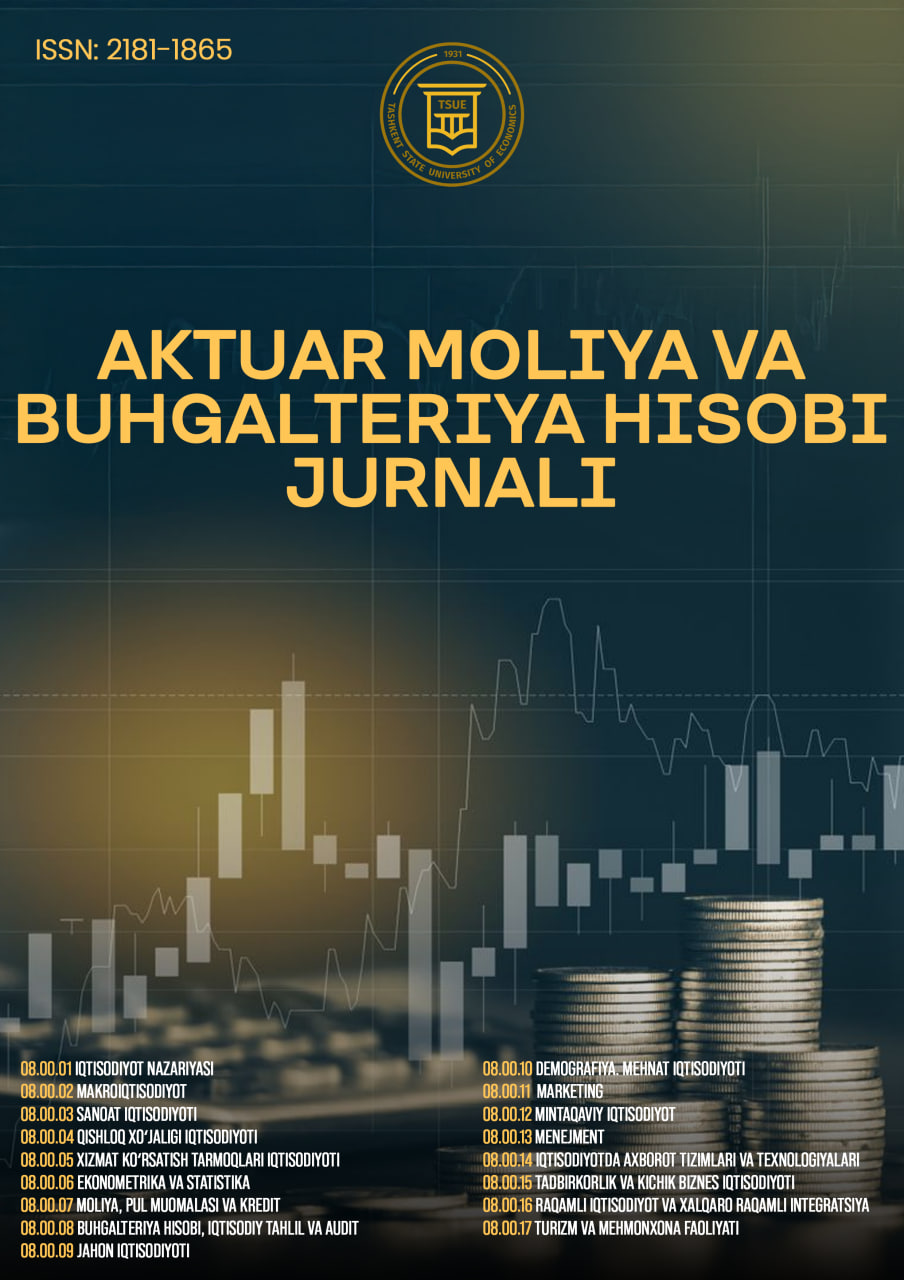CREDITWORTHINESS ANALYSIS IN CORPORATE FINANCE: INTERNATIONAL APPROACHES
Keywords:
Creditworthiness, corporate finance, financial ratios, international approaches, credit risk assessment, credit scoring models, financial reporting standards.Abstract
Creditworthiness plays a crucial role in corporate finance, especially in the context of securing external funding, managing risk, and maintaining investor confidence. This paper explores international approaches to analyzing corporate creditworthiness by examining widely used models, financial ratios, and regulatory frameworks. Emphasis is placed on comparative practices across developed and emerging economies, including the use of accounting data, credit scoring systems, and qualitative assessments. The research highlights the strengths and limitations of various global practices, identifying the most effective strategies that contribute to reliable credit assessments. This analysis not only contributes to the understanding of global financial standards but also offers practical insights for improving credit evaluation in developing countries.
References
Beaver, W. H. (1966). Financial ratios as predictors of failure. Journal of accounting research, 71-111.
Altman, E. I. (1968). Financial ratios, discriminant analysis and the prediction of corporate bankruptcy.The journal of finance,23(4), 589-609.
Altman, E. I., & Rijken, H. A. (2005). The Impact of the Rating Agencies Through the cycle Methodology on Rating Dynamics.Economic Notes,34(2), 127-154.
Cantor, R., & Packer, F. (1997). Differences of opinion and selection bias in the credit rating industry.Journal of Banking & Finance,21(10), 1395-1417.
Barth, M. E., Landsman, W. R., & Lang, M. H. (2008). International accounting standards and accounting quality. Journal of accounting research,46(3), 467-498.
Ball, R. (2006). International Financial Reporting Standards (IFRS): pros and cons for investors.Accounting and business research,36(sup1), 5-27.
Bastani, K., Namavari, H., & Shaffer, J. (2019). Latent Dirichlet allocation (LDA) for topic modeling of the CFPB consumer complaints. Expert Systems with Applications,127, 256-271.
Usmonov, B. (2024). Evaluation of Efficiency of Capital Management in Joint-Stock Companies in the Chemical Sector: The Case of Uzbekistan. In Development of International Entrepreneurship Based on Corporate Accounting and Reporting According to IFRS (Vol. 33, pp. 67-74). Emerald Publishing Limited.
International Monetary Fund. (2024). Uzbekistan: Staff Concluding Statement of the 2024 Article IV Mission.
World Bank. (2023). Uzbekistan’s Transition to Market Economy to Accelerate by Strategic Reforms, Supported by the World Bank. https://www.worldbank.org/en/news/press-release/2023/12/08/uzbekistan-s-transition-to-market-economy-to-accelerate-by-strategic-reforms-supported-by-the-world-bankworldbank.org
World Bank. (2024). Uzbekistan Reaches the Ranks of Top Five Improvers in the World Bank's Women, Business and the Law 2024 Study. https://www.worldbank.org/en/news/press-release/2024/03/04/uzbekistan-reaches-the-ranks-of-top-five-improvers-in-the-world-banks-women-business-and-the-law-2024-studyworldbank.org
OECD. (2022). Corporate Governance and Credit Risk Management in Asia. Paris: OECD Publishing.
Japan Credit Rating Agency (JCR). (2023). Annual Review. Retrieved from https://www.jcr.co.jp/en
IFRS Foundation. (2023). IFRS Standards and Implementation Guidance. London: IFRS.org.
International Monetary Fund. (2025). Republic of Uzbekistan: Technical Assistance Report—Macro Stress Testing of the Uzbek Banking Sector. IMF Technical Assistance Report No. 2025/032.
Burkhanov, A. U., Tursunov, B. O., Usmonov, B., & Mamayusupova, S. U. (2024). Assessment of Financial Security of Joint-Stock Companies: The Case of Uzbekistan. In Development of International Entrepreneurship Based on Corporate Accounting and Reporting According to IFRS: Part B (pp. 205-213). Emerald Publishing Limited.
Usmonov, B. (2024). Evaluation of Capital Assets in Companies of Uzbekistan. Miasto Przyszłości, 52, 21-24.


